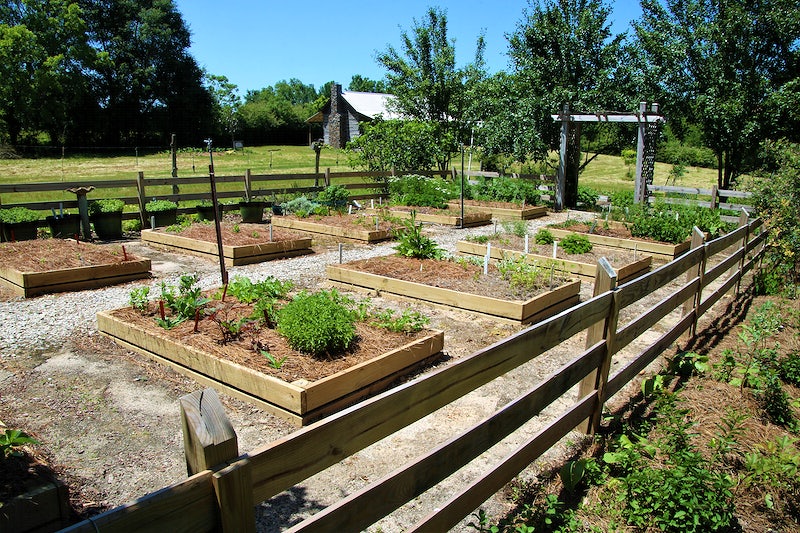
There’s something truly special about starting your own vegetable garden—it’s a rewarding journey, delicious in its outcome, and a little bit magical watching tiny seeds transform into a bountiful harvest. Whether you’re dreaming of crisp greens for salads, hearty root vegetables for cozy meals, or fresh herbs to elevate your cooking, a home garden lets you enjoy the freshest flavors right at your fingertips. The idea of growing your own food can initially feel daunting, with countless seed packets and seemingly confusing advice, but what if you could guarantee a successful, confidence-boosting harvest on your very first try? This guide simplifies everything by focusing on the most forgiving and productive vegetables perfect for beginners, making your gardening aspirations a tangible reality.
We’ve curated a definitive list of 15 easy vegetables to grow for a garden that practically takes care of itself. Forget the frustration and potential failures often associated with new ventures; we are focusing on surefire wins that will reward your effort with vibrant, homegrown produce. Gardening is ultimately about the harvest, but it’s also deeply rooted in the joy and learning that comes with tending to your plants, connecting with nature, and finding a peaceful rhythm in your outdoor space.
To ensure the best harvest possible, remember that most garden plants thrive on at least eight hours of direct sunlight daily; without it, they simply won’t produce. Additionally, consider that some plants, like peas, prefer chilly spring weather, while heat lovers such as tomatoes can’t be set out until after the last frost. By the end of this article, you will have a clear, step-by-step plan to transform that patch of dirt or an empty pot into a reliable source of fresh, homegrown food. So, pull on your gardening gloves, break out your tools, and get ready to plant these easy vegetables this year, embarking on a fulfilling journey toward a more sustainable and flavorful life.

1. **Tomatoes**Tomatoes are undeniably one of the most rewarding vegetables you can cultivate, offering a vibrant sight as they ripen on the vine. They are incredibly adaptable, thriving across different climates and yielding abundantly whether planted in garden beds or containers. For novice gardeners, a fantastic tip to ensure a more convenient and enjoyable growing journey is to start with young tomato plants rather than seeds, which can sometimes be a bit more finicky to germinate successfully.
To keep your tomato plants healthy and productive throughout the season, proper support is absolutely crucial. Without it, the sprawling plants can become weak, causing their precious fruit to touch the ground and potentially rot. To prevent this, simply insert a sturdy wooden stake or a reliable cage next to each plant early in its growth cycle. As the plant grows, loosely tie the main stem with soft twine to keep it upright, which not only reduces the risk of disease but also makes harvesting your ripe tomatoes significantly easier.
Beyond structural support, companion planting can remarkably improve your tomato harvest. Strategically growing herbs like basil, chives, or mint nearby can act as natural pest deterrents while simultaneously enhancing the flavor profile of your tomatoes. Basil, in particular, is well-known for its ability to deter common nuisances like aphids and hornworms, while also attracting beneficial pollinators that are vital for fruit production.
For the best results, aim to plant your tomatoes in a sunny location where they receive full sun exposure and in well-drained soil. Regular watering is key, but it’s important not to overdo it, as excessive moisture can lead to root rot. Maintain the soil consistently moist but never soggy, and consider applying a layer of mulch around the base of the plants. This simple practice helps to lock in essential moisture and regulate soil temperature, creating an optimal environment for robust growth. Tomatoes also prefer slightly acidic soil, which further aids their development into a bountiful crop, typically ready for harvest in approximately 70-85 days.
If you happen to notice your tomato leaves turning yellow, don’t panic! This common issue could be a sign of various underlying problems, ranging from overwatering to nutrient deficiencies. Understanding the potential cause is the first step toward effectively fixing the problem before it significantly impacts your harvest. A quick assessment of your watering schedule and a soil test can often pinpoint the issue, allowing you to make timely adjustments and ensure your plants continue to thrive.
Read more about: 11 Budget-Friendly Meals That Feed a Family of Four for Under $10: Your Ultimate Guide to Delicious Savings

2. **Spring Onions**If you’re seeking a low-maintenance vegetable that promises rapid growth, look no further than spring onions. These versatile alliums are a truly great choice for beginners due to their minimal care requirements and impressively quick turnaround. The most exciting aspect? You don’t even need seeds to grow them! This makes them an incredibly accessible and sustainable option for any home gardener, even those with the smallest spaces.
Instead of discarding the leftover onion bottoms after using the green tops in your cooking, you can easily regrow them from kitchen scraps. Simply place the cut base of the onion, ensuring the roots are intact, into a shallow container with just enough water to submerge the roots. Within a mere few days, you’ll begin to see new green shoots emerging from the center. Once these shoots have grown a few inches tall, they are ready to be transferred into soil for continued, robust growth.
Spring onions are incredibly space-efficient, making them perfect for cultivation in pots, raised beds, or even small garden patches where space is at a premium. They stand out as one of the quickest vegetables to harvest, often ready for cutting in just three to four weeks from planting or regrowing. This rapid growth cycle makes them an excellent choice for consistent harvests throughout the season.
For healthy and continuous growth, plant your spring onions in a location that receives full sun and ensure the soil remains consistently moist, but never waterlogged. If you notice plants growing too close together, it’s beneficial to thin them out. This practice ensures each plant has ample space to develop properly, promoting stronger growth and better yields. Their adaptability and quick growth make them a truly rewarding crop for any new gardener.
Read more about: Seriously What Happened? 14 Once-Classic Dinners America Just Doesn’t Cook Anymore. (And Why They Deserve a Comeback!)

3. **Radishes**For gardeners who crave nearly instant gratification and minimal effort, radishes are an unbeatable choice. These root vegetables are renowned for their incredibly fast growth, with many varieties transitioning from a tiny seed to a harvest-ready root in as little as 20 to 30 days. This remarkably rapid turnaround makes them a perfect addition to any garden, especially for those seeking quick rewards and a boost of confidence early in the growing season.
Radishes are surprisingly resilient and can tolerate less-than-perfect soil conditions, making them a forgiving option for beginner gardeners. Unlike many other vegetables, radishes are best planted directly into the ground and don’t demand a vast amount of space. In fact, their compact nature allows them to be cleverly interplanted with slower-growing vegetables. This smart technique maximizes your garden’s space, ensuring every inch is utilized efficiently while providing continuous harvests.
To cultivate the best radishes, it is essential to plant them in loose, well-draining soil. If the soil is too hard or compacted, the roots may struggle to expand properly, resulting in misshapen or underdeveloped radishes. Before planting, take a few minutes to loosen the soil and remove any rocks or clumps that could impede growth. Radishes generally prefer loose and sandy soil, full sun exposure, and slightly acidic conditions, which are ideal for their development.
These cool-weather enthusiasts thrive when planted in early spring or fall, yielding the best results during these milder temperatures. Consistent soil moisture is vital; too little water can make the roots tough and woody, diminishing their crisp texture and peppery flavor. Conversely, too much water can encourage excessive leaf growth at the expense of root development. The goal is an evenly moist, but not soggy, soil environment.
If you desire a continuous supply of fresh radishes, consider practicing succession planting by sowing a new batch of seeds every two weeks. This simple strategy ensures you’ll have a steady harvest of tender, crunchy radishes all season long. With their unique peppery taste and satisfying crunch, radishes are truly a must-have for any beginner gardener looking to add some vibrant flavor to their dishes and experience quick gardening triumphs.
Read more about: 15 Simple and Effective Ways to Harness Plant-Based Preservatives for Enhanced Health and Food Safety

4. **Potatoes**Potatoes are surprisingly one of the easiest root vegetables to cultivate, and contrary to popular belief, you don’t need an expansive garden plot to do so. These versatile tubers thrive beautifully in a variety of confined spaces, including raised beds, large containers, or even specialized grow bags, making them an ideal choice for gardeners with limited room.
When it comes to planting, instead of burying whole potatoes, you’ll want to cut them into chunks. The crucial detail here is to ensure that each piece contains at least two “eyes,” which are the small sprouting spots from which new growth emerges. After cutting, it’s beneficial to let these seed pieces dry overnight before planting. This simple step helps to form a protective layer over the cut surface, significantly reducing the risk of rot once they are in the ground.
For the most abundant yield, the hilling method is highly recommended. Begin by planting your seed pieces a few inches deep in the soil. As the potato plants grow taller, gradually add more soil around the base, effectively creating a mound or “hill.” The key is to always keep the top leaves of the plant exposed while covering the developing tubers. This technique encourages the plant to produce more potatoes along the buried stem and, crucially, protects them from direct sunlight, which can turn them green and inedible.
Potatoes require a spot that receives full sun and ideally loose, well-drained soil to flourish. Consistent watering is important to keep the soil moist, but be careful not to make it soggy, as this can lead to root rot. Providing too much water can be as detrimental as too little, so aim for that perfect balance. Once the potato plants begin to yellow and die back, that’s your definitive sign that the delicious tubers nestled below ground are ready for harvest! Dig them up gently, and you’ll be rewarded with a bountiful stash of homegrown potatoes, ready for your kitchen.
Read more about: 11 Budget-Friendly Meals That Feed a Family of Four for Under $10: Your Ultimate Guide to Delicious Savings
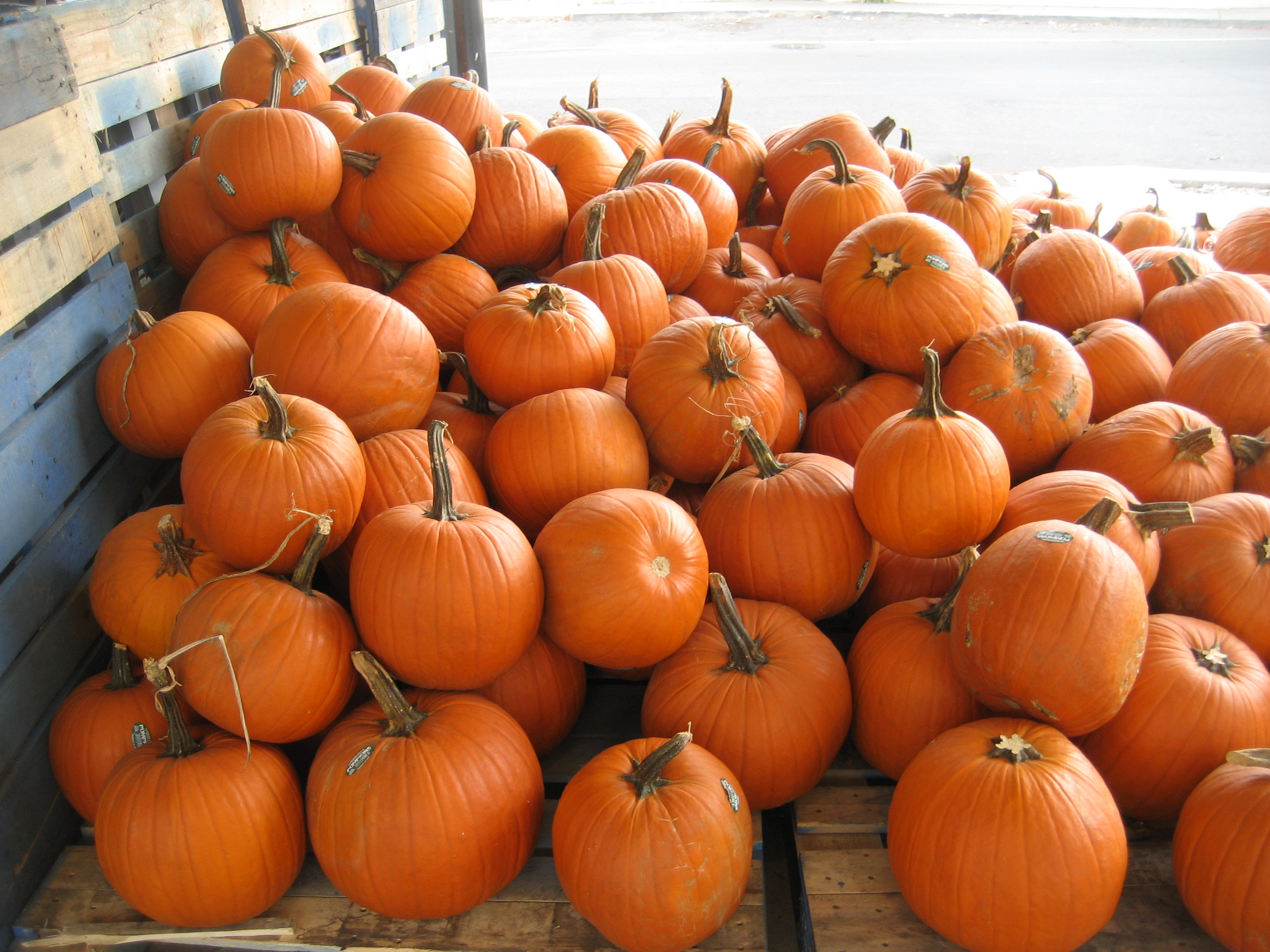
5. **Pumpkins**If you possess a bit of extra space in your backyard, growing pumpkins can be an incredibly fun and rewarding gardening endeavor. These quintessential autumn vegetables adore warm weather and demand plenty of sunlight to thrive. With their long, trailing vines, pumpkins tend to spread out considerably, making them a perfect fit for areas where they can ramble freely and establish a robust presence in your garden landscape.
One of the biggest challenges that new pumpkin growers might encounter is ensuring adequate pollination. While diligent bees typically handle the job with enthusiasm, sometimes flowers don’t get pollinated properly, which unfortunately can lead to poor fruit development or even the premature dropping of young fruits. To significantly increase your harvest, consider the simple technique of hand-pollination. This involves using a small, soft brush to gently transfer pollen from the male flowers, identifiable by their thin stems, to the female flowers, which you can recognize by the tiny, undeveloped fruit at their base.
Beyond direct intervention, strategic companion planting can also play a vital role in the success of your pumpkin patch. Planting aromatic herbs such as thyme, sage, or mint nearby can attract beneficial pollinators, encouraging them to visit your pumpkin flowers more frequently. Additionally, these herbs are known to help repel common garden pests like aphids and squash bugs, creating a healthier growing environment for your pumpkins. Mint, in particular, is an excellent choice for keeping harmful insects at bay, offering a natural defense for your vulnerable plants.
Pumpkins flourish best in rich, well-draining soil that has been generously amended with plenty of compost or other organic matter. This provides the essential nutrients and structure needed for their vigorous growth. Regular watering is crucial, but it’s important to try and keep the leaves dry when doing so, as wet foliage can encourage fungal diseases, such as powdery mildew. The optimal time to water your pumpkins is early in the morning, which allows the soil to absorb moisture throughout the day while giving the leaves ample time to dry before evening, minimizing disease risk. Don’t forget that pumpkins rely on pollinators to form fruit, so integrating some beautiful, pollinator-attracting flowers into your garden design is a splendid idea, ensuring a successful and productive season.
Read more about: Ozzy Osbourne, Heavy Metal’s Architect and Reality TV’s Unlikely Patriarch, Dies at 76, Leaving an Indelible Legacy of Sound and Spectacle

6. **Green Beans**Green beans are an absolute beginner’s delight, standing out as one of the easiest vegetables you can grow, and they graciously don’t demand an enormous amount of space. For those just embarking on their gardening journey, green beans present themselves as a hardy and remarkably low-maintenance choice, promising rewarding harvests with minimal fuss. This makes them a fundamental addition to any budding vegetable patch.
Gardeners have the flexibility to choose between two primary types: bush beans, which grow into compact, self-supporting plants, and pole beans, which, as their name suggests, require a trellis or stake for their vigorous climbing habit. For the most beginner-friendly experience, bush varieties are often recommended due to their straightforward growth and lack of need for additional support structures. However, for those looking to maximize vertical space, pole beans are an excellent, albeit slightly more involved, option.
To give your green bean seeds a head start and encourage faster germination, consider a simple trick: soak them in warm water for about 24 hours before planting. This process helps to soften the outer shell of the seed, making it easier for the sprouts to emerge quickly and robustly. It’s also important to note that green beans do not transplant well, so it’s always best to direct sow them outdoors once any risk of frost has completely passed, ensuring they can establish themselves undisturbed.
Green beans thrive in full sun and prefer well-draining soil that is slightly acidic. Interestingly, they don’t require a lot of fertilizer; in fact, too much can lead to an abundance of leafy growth but fewer actual beans. The key is to keep the soil consistently moist but never soggy, as this balance promotes a healthy, productive plant. With diligent care, green beans offer abundant harvests throughout the growing season, typically ready in 50-65 days depending on the variety, making them a truly rewarding addition.
One of the most remarkable benefits of growing green beans is their positive impact on soil quality. They are legumes, meaning they have the incredible ability to fix nitrogen into the soil, which naturally enriches it and helps other plants grow better. Plus, green beans keep producing as long as you harvest regularly. The more you pick, the more delicious beans your plants will yield, ensuring a continuous supply for your culinary adventures. Their versatility in cooking and high nutritional value make them a truly great vegetable to include in your beginner garden, promising fresh, homegrown goodness.
Read more about: Beyond Genetics: Unlocking the 15 Surprising Habits of People Who Thrive Past 100

7. **Onions**Onions are an exceptional choice for any gardener seeking a low-maintenance vegetable that practically grows itself, offering consistent results with minimal intervention. These adaptable alliums conform well to various growing conditions and do not demand extensive space, making them perfectly suited for both small garden plots and container gardening setups. Their forgiving nature makes them a reliable staple for beginners.
For an undeniably easier and more successful start, the most straightforward way to grow onions is by using onion sets rather than attempting to grow them from seeds. Onion sets are small, pre-grown bulbs that offer several advantages: they mature significantly faster than seed-grown onions and are generally less susceptible to diseases. This provides new gardeners with a quicker path to a healthy and bountiful harvest, boosting confidence and enjoyment in the process.
Onions thrive in locations that receive full sun and prefer well-draining soil. The quality of your soil is particularly important for onion development; if the soil is too compact or heavy, the bulbs will struggle to expand properly, resulting in smaller or misshapen onions. Therefore, it is advisable to loosen the soil thoroughly before planting, ensuring it is friable and conducive to bulb formation. Consistent watering is also vital, but exercise caution not to overdo it, as excessive moisture can lead to the bulbs rotting.
Knowing when to harvest your onions is straightforward: when the tops of your onion plants begin to yellow and naturally fall over, it’s a clear indication that the bulbs below ground are ready to be picked. To extend their shelf life and ensure they last for months, a process called curing is essential. After harvesting, spread your onions in a warm, dry, and airy place for one to two weeks, allowing their outer layers to dry and become papery. Once fully cured, simply trim the tops and store them in a cool, dry spot, ensuring you have a steady supply of flavorful, homegrown onions at your fingertips.
Read more about: 11 Budget-Friendly Meals That Feed a Family of Four for Under $10: Your Ultimate Guide to Delicious Savings

8. **Garlic**Garlic is a superbly easy crop, demanding virtually no effort, making it a fantastic choice for any gardener. Its versatility allows you to grow flavorful green shoots indoors in water, offering a quick burst of fresh taste without requiring garden space. This accessibility makes it perfect for nearly anyone, regardless of living situation.
To cultivate full, robust garlic bulbs, simply plant individual cloves in the fall. They will develop roots before winter, go dormant, and then grow strong in the spring. By late spring or early summer, you’ll be rewarded with homegrown bulbs, a testament to nature’s quiet persistence.
Garlic flourishes best in full sun and loose, well-dr.aining soil. Consistent watering is important to keep the soil moist, but avoid overwatering, as this can lead to bulb rot. Harvest when the lower leaves begin to yellow, signaling their readiness.
After harvesting, curing is vital for extending their shelf life. Spread them in a dry, shady, airy spot for a couple of weeks to firm up outer layers. Once cured, trim tops and store in a cool, dry place, ensuring a steady supply of your own fresh, aromatic garlic, practically grown by itself.
Read more about: 11 Budget-Friendly Meals That Feed a Family of Four for Under $10: Your Ultimate Guide to Delicious Savings

9. **Lettuce**Lettuce is undeniably one of the fastest-growing and easiest leafy greens you can cultivate, a true superstar for beginners. Unlike head varieties, loose-leaf types like Oak Leaf and Buttercrunch offer a wonderfully quick and forgiving experience. They adapt beautifully to raised beds, containers, or the ground, without demanding extensive root space.
A key benefit is their “cut-and-come-again” nature. You can snip outer leaves for salads, and the central part will continue to produce fresh growth, providing a continuous supply from a small patch. For a constant harvest, practice succession planting by sowing new seeds every two weeks, guaranteeing a steady flow of vibrant leaves.
With shallow roots, lettuce thrives in cooler weather, making early spring or fall ideal. Protect plants from intense afternoon sun in hotter climates; excessive heat can cause bitterness and “bolting” (premature flowering). Shade ensures crisp, flavorful lettuce, extending your harvest.
Consistent moisture is crucial for tender, delicious leaves; dry soil results in tough ones. Avoid overwatering to prevent rot. Keep soil evenly moist but not soggy, and always water at the base. This prevents wetting leaves, a key measure against fungal diseases. For added protection, plant garlic and chives nearby; they effectively repel common pests like aphids, keeping your greens vibrant.
Read more about: Remember These? 12 Fast Food Legends That Vanished From Menus (And Why We Miss Them So Much!)

10. **Cucumbers**Cucumbers are a delightful addition to any beginner’s garden, offering ease of growth and an incredibly high yield of crisp, refreshing produce all season long. These vibrant vining plants thrive in warm weather and copious sunlight, perfect for a sunny spot after the last frost when soil has warmed.
To ensure proper growth and healthy fruit, adequate support is crucial. Allowing vines to sprawl on the ground can lead to fruit rot or misshapen cucumbers. Guide them up a sturdy trellis or fence; this keeps fruits off the soil, reduces disease risk, and makes harvesting easier.
For best results, plant cucumbers in well-dr.aining soil and maintain consistent watering. Regular watering prevents bitterness, ensuring each bite is fresh. When watering, direct it to the base, not on the leaves, to reduce fungal disease risk, safeguarding your crop.
Cucumber plants offer continuous production—the more you pick, the more they yield! To maintain consistent production and best flavor, harvest regularly. If left on the vine too long, cucumbers become oversized and tough. Pick them when small and firm, typically 6 to 8 inches, for the most delightful crunch. Directly sowing seeds is recommended, as these plants do not tolerate transplanting well.
Read more about: Unlock Your Pantry’s Potential: 15 Simple Steps to Start Your Food Preservation Hobby

11. **Carrots**For beginner gardeners seeking a low-maintenance, flavorful, and rewarding root vegetable, carrots are an excellent choice. These humble roots don’t demand much space, thriving equally well in garden beds, raised beds, or deep containers, making them incredibly versatile.
The secret to perfectly straight, crisp carrots lies in soil preparation. It’s essential to plant them in loose, well-dr.aining, slightly acidic soil. Hard, compacted, or rocky soil will impede root expansion, resulting in crooked or misshapen carrots. Before sowing, thoroughly loosen the soil and remove any rocks or clumps.
Carrots are cool-weather enthusiasts, yielding best results when planted in early spring or fall. While germination can take time, patience is key. Once seedlings emerge, thin them diligently to prevent overcrowding, ensuring each carrot grows into a healthy, full-sized root. Consistent soil moisture is vital; too little water makes roots tough, while too much can lead to rot. Aim for an evenly moist balance.
A clever trick to help carrots grow better and simplify gardening is planting radishes alongside. Fast-sprouting radishes act as natural row markers and loosen the soil as they grow. By the time tiny carrot seedlings appear, radishes will be ready for harvest, making ample room for carrots to develop. For a continuous supply, practice succession planting by sowing new seeds every few weeks.
Read more about: Seriously What Happened? 14 Once-Classic Dinners America Just Doesn’t Cook Anymore. (And Why They Deserve a Comeback!)

12. **Peppers**Peppers, whether sweet bell or spicy chili, are wonderfully low-maintenance vegetables that flourish effortlessly in garden beds, pots, or grow bags. Their adaptability makes them an excellent choice for novice gardeners keen to add vibrant colors and diverse flavors.
Since peppers require warm temperatures for germination, start seeds indoors well before the last frost. Plant them in small containers. Once seedlings develop a few leaves and outdoor temperatures are consistently warm, transplant them outdoors for a strong start.
These versatile plants thrive best in full sun and well-dr.aining soil. Consistent watering is crucial, but avoid overwatering, as excessive moisture can lead to root rot. Maintain the soil evenly moist, never soggy, striking that perfect balance for healthy growth.
To significantly boost your harvest and enjoy a continuous supply, pick peppers as soon as they reach their mature size. Regular harvesting actively encourages the plant to keep producing new fruits throughout the season. This simple practice ensures a steady, abundant yield from your garden.
Read more about: 11 Budget-Friendly Meals That Feed a Family of Four for Under $10: Your Ultimate Guide to Delicious Savings
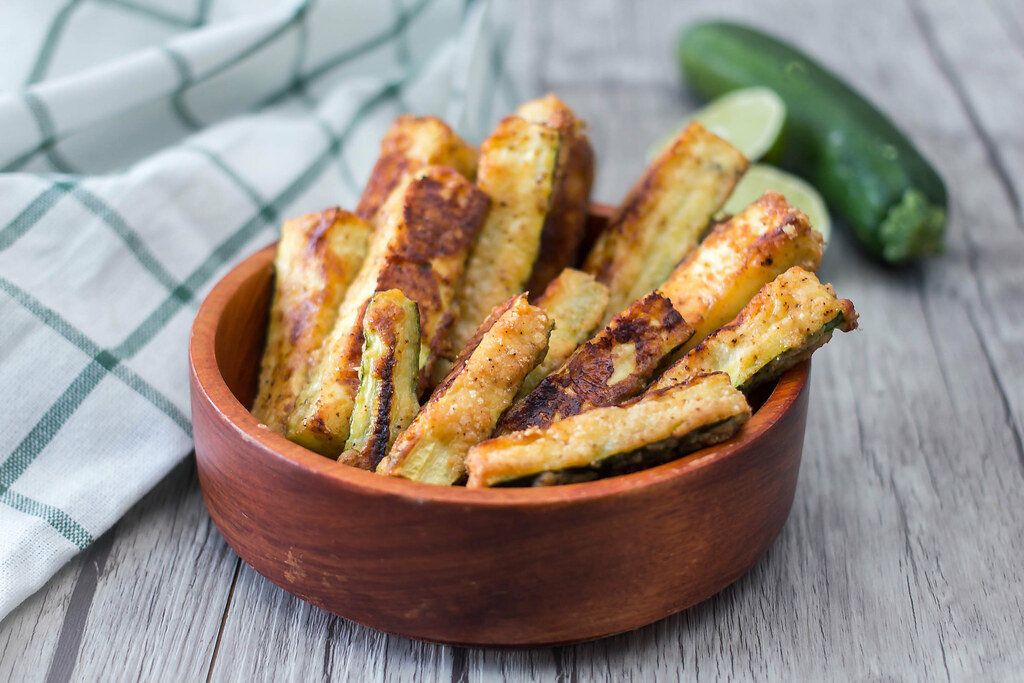
13. **Zucchini**If you’re eager for a vegetable that grows impressively fast and produces an incredibly abundant harvest, zucchini is your answer. This prolific plant thrives with remarkably little effort, provided it receives warm temperatures, full sun, and well-dr.aining soil. It’s common to find yourself with more zucchini than you can consume, making it a truly rewarding crop.
To keep your zucchini plants healthy and ensure optimal production, ample space is essential. These vigorous plants spread considerably. Crowded conditions lead to poor air circulation, increasing the risk of fungal diseases like powdery mildew. For best results, space plants at least two to three feet apart, allowing generous room to flourish.
Once zucchini plants begin to grow, regular harvesting is crucial. If fruits remain on the plant too long, they quickly become oversized and tough. The ideal time to pick zucchini is when they are tender and about six to eight inches long, capturing their best flavor and texture.
To further improve pollination and maximize your yield, integrate pollinator-friendly flowers or plants known to attract beneficial insects. If flowers bloom but aren’t setting fruit, try hand-pollination: use a small brush to transfer pollen from a male to a female flower. This can dramatically increase success. Zucchini are also wonderfully adaptable to soil pH, with 6-7.5 being ideal.
Read more about: 11 Budget-Friendly Meals That Feed a Family of Four for Under $10: Your Ultimate Guide to Delicious Savings
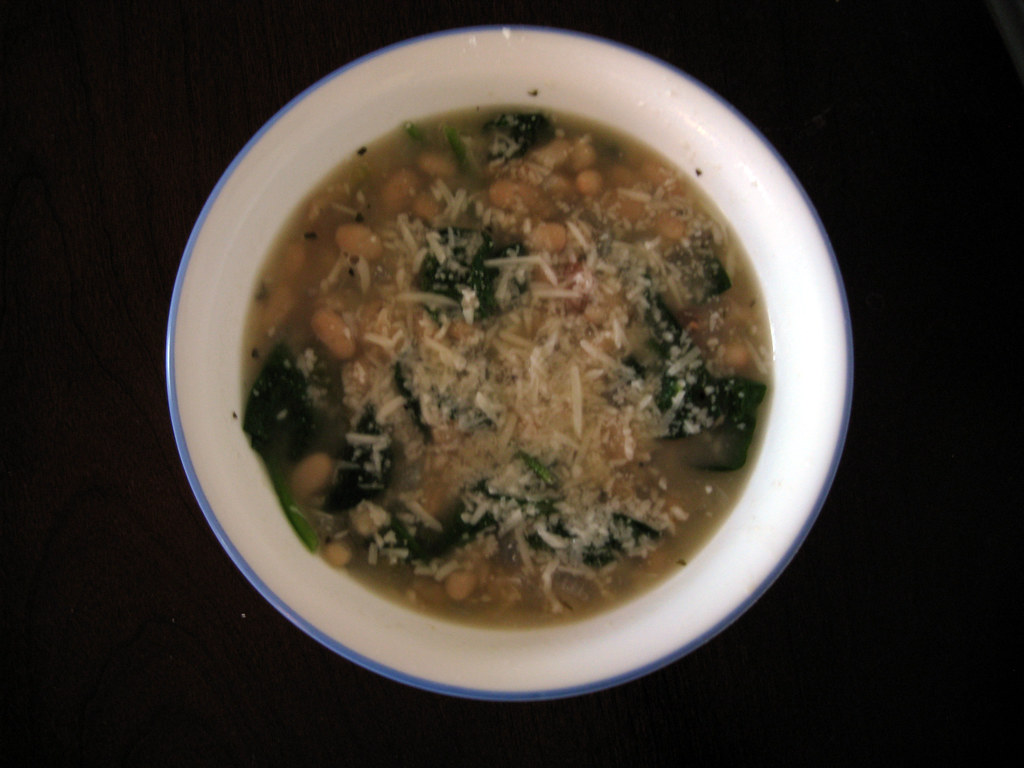
14. **Spinach**Spinach is a nutritious, fast-growing leafy green, an outstanding choice for adding healthy, vibrant produce to meals. It thrives beautifully in both garden beds and containers. Unlike many vegetables, spinach loves cool weather, making it perfectly suited for successful planting in early spring or fall.
Given spinach’s shallow roots, it relies heavily on consistent moisture for tender, flavorful leaves. If soil becomes too dry, leaves can quickly turn bitter and tough. Regular watering is crucial, but avoid overwatering, as soggy soil can lead to root rot. The goal is consistently moist soil for a healthy, productive plant.
For a continuous supply of fresh spinach, practice succession planting: sow new seeds every two to three weeks. This ensures tender, young greens ready to pick in as little as four to six weeks, providing a steady harvest. When gathering, use the “cut-and-come-again” method, picking outer leaves and allowing the center to continue producing new growth.
However, if weather turns too warm, spinach is prone to “bolting,” flowering prematurely, and its leaves become unpleasantly bitter. To prolong your harvest and keep spinach sweet and tender, try planting it in a shadier spot or using a light cover to shield it from intense heat. With maturity dates from 40-65 days, spinach is an easy-to-grow and tasty addition.
Read more about: 11 Budget-Friendly Meals That Feed a Family of Four for Under $10: Your Ultimate Guide to Delicious Savings
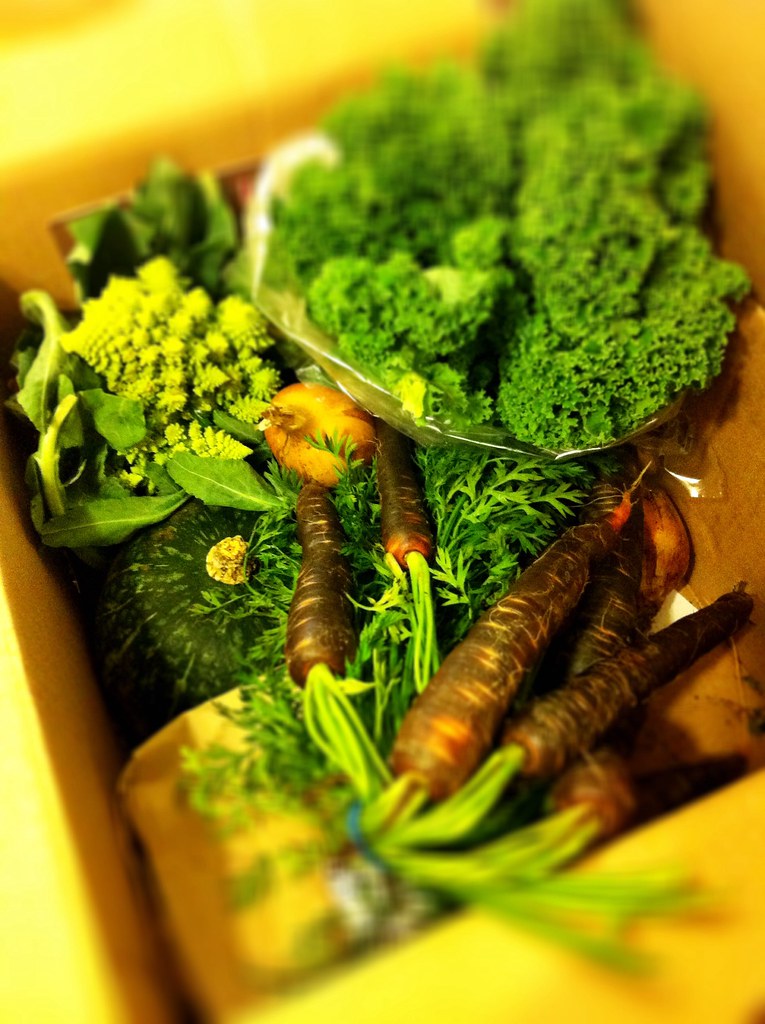
15. **Kale**Kale truly earns its reputation as one of the hardiest and most accommodating vegetables you can cultivate, flourishing reliably in both cool and warm weather. This remarkable adaptability makes it an exceptional option for year-round gardening, providing continuous harvests. Whether you have a sprawling garden, a raised bed, or just a few pots, kale grows well in almost any space.
For robust growth and vibrant flavor, plant kale in well-dr.aining, nutrient-rich soil, ensuring it receives full sun or partial shade. While resilient to warmer temperatures, its leaves become sweeter after a light frost. This makes it a fantastic and rewarding crop for cultivating throughout fall and into winter.
To ensure your kale plants remain productive and yield fresh leaves over an extended period, adopt a smart harvesting strategy: always pick the outer leaves first, consciously leaving the central part of the plant to continue its growth. This “cut-and-come-again” method actively encourages the plant to produce new leaves, guaranteeing a long-lasting and generous supply of nutritious greens.
Consistent watering is vital for healthy kale, but prevent overwatering, as soggy soil can lead to root rot. To maintain optimal soil moisture and keep roots cool, consider applying a layer of mulch around the base. With minimal care, this incredible vegetable provides a steady, reliable source of fresh, nutrient-dense greens perfect for salads, smoothies, soups, and more.
Happy Growing!
Embarking on your own vegetable gardening journey is an experience filled with immense satisfaction, from the joy of watching tiny sprouts emerge to the delight of harvesting your own fresh produce. It’s clear that growing your own vegetables doesn’t have to be complicated or overwhelming. By thoughtfully selecting low-maintenance crops like those explored, you can effortlessly enjoy a steady supply of homegrown goodness without endless hours of upkeep.
The true secret to a thriving garden lies in choosing the right vegetables that perfectly match your space, climate, and preferences. Whether your green dreams involve a spacious backyard, a cozy raised bed, or vibrant pots on a balcony, these easy-to-grow vegetables flourish beautifully with basic, consistent care. Remember to water wisely, harness companion planting to protect crops, and harvest regularly to keep plants happily producing.
Read more about: Totally Tubular or Totally Terrible? The 12 Most Ridiculous Car Accessories That Defined the 1980s!
Even if you’re taking your first steps into gardening, this curated list of 15 easy vegetables is your ultimate guide. It’s crafted to empower you, helping you build confidence with each successful harvest and cultivate a deep connection with nature. With patience, care, and these reliable tips, you are well on your way to enjoying a bountiful, delicious, and endlessly rewarding gardening experience, providing fresh, healthy food for yourself and your loved ones all season long!



